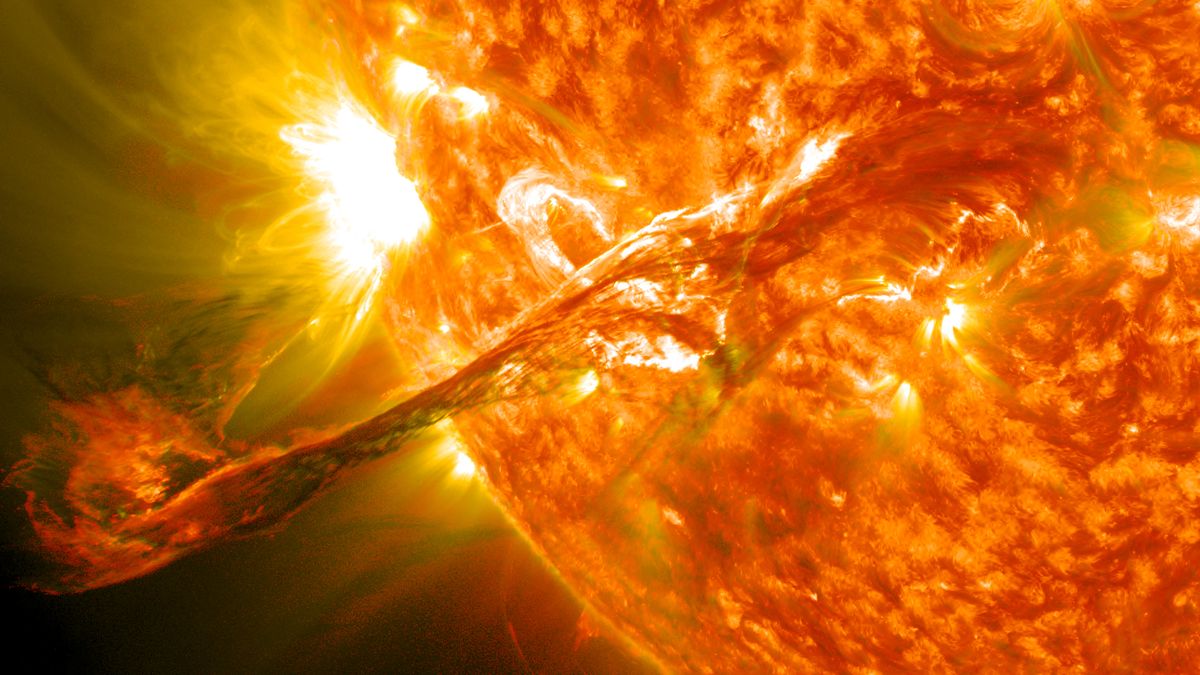Scientists at Aberystwyth University have developed a new method for predicting the speed of coronal mass ejections (CMEs), powerful solar storms that can disrupt technology on Earth.
This breakthrough allows for more accurate forecasts of space weather events, giving us crucial lead time to prepare and protect vital infrastructure.
CMEs are massive clouds of solar plasma that hurtle through space at millions of miles per hour. When directed at Earth, they can intensify auroras but also cause significant disruptions to satellites, power grids, and communication systems.
The researchers focused on sunspots, active regions on the sun's surface that act as launchpads for CMEs and solar flares. They identified a key variable called "critical height" â the height at which a sunspot's magnetic field becomes unstable, triggering the eruption of a CME.
By analyzing how the magnetic field strength decreases with height, researchers can determine this critical height. This data, combined with a three-dimensional geometric model, allows them to track the true speed of CMEs, providing more precise predictions than previous methods.
The study revealed a strong link between the critical height at CME onset and its actual speed. This insight enables scientists to predict a CME's speed and arrival time on Earth even before it fully erupts.
Improved CME speed predictions are crucial for accurate space weather forecasting, particularly during periods of heightened solar activity like the current solar maximum. This is especially important when multiple CMEs occur in rapid succession, as witnessed in May 2024.
"Our research not only enhances our understanding of the sun's explosive behavior but also significantly improves our ability to forecast space weather events," explained lead researcher Harshita Gandhi. "This means better preparation and protection for the technological systems we rely on every day."
These findings, presented at the Royal Astronomical Society's National Astronomy Meeting, represent a significant step forward in our ability to predict and mitigate the impact of space weather on Earth.
Article
Technology

Early Warning System for Space Storms

